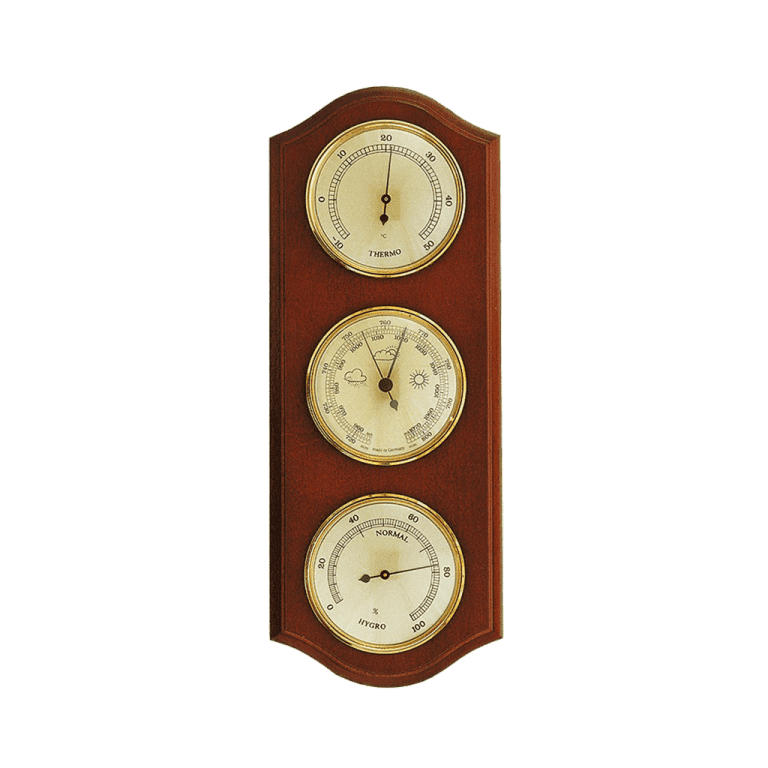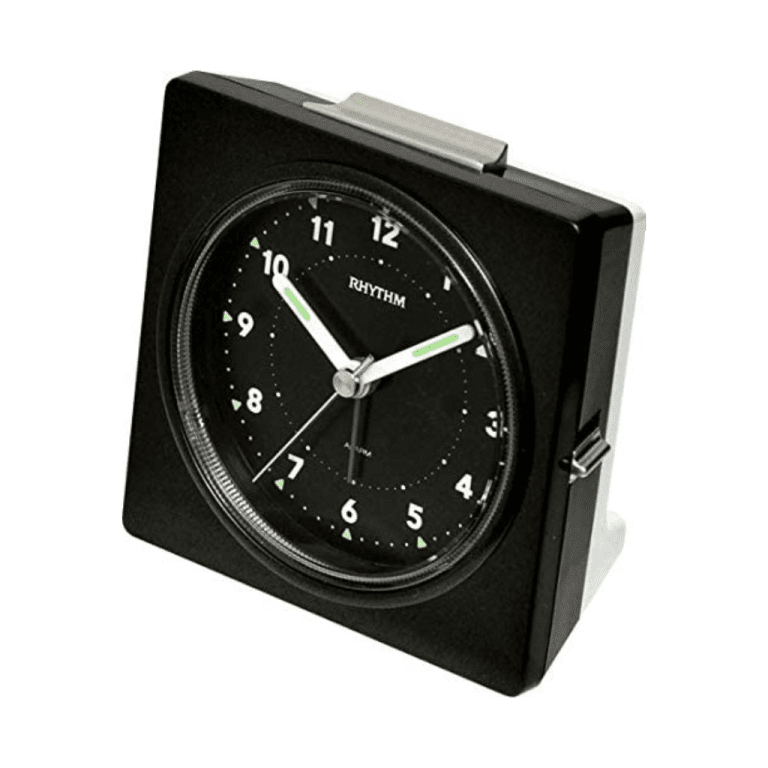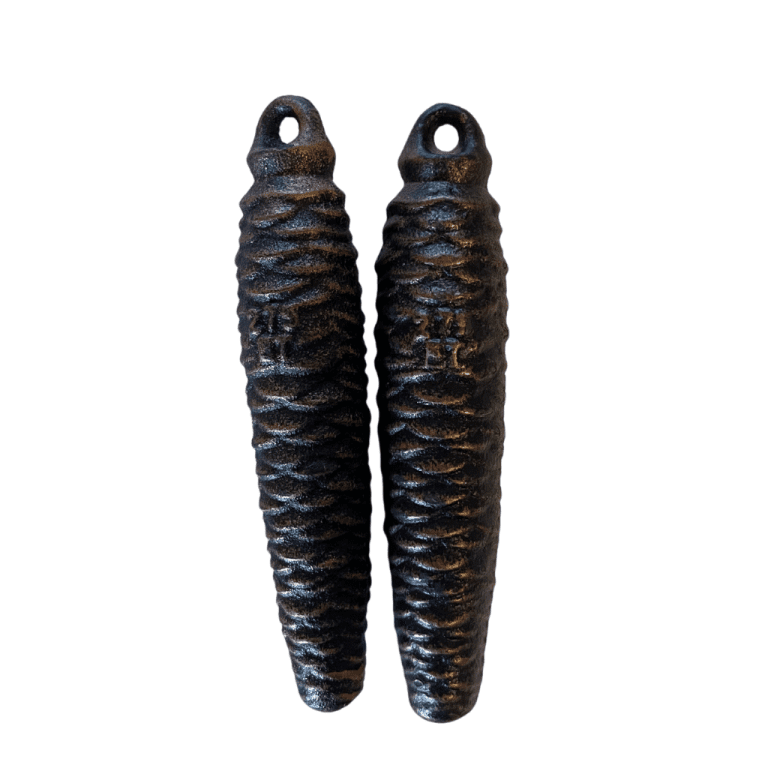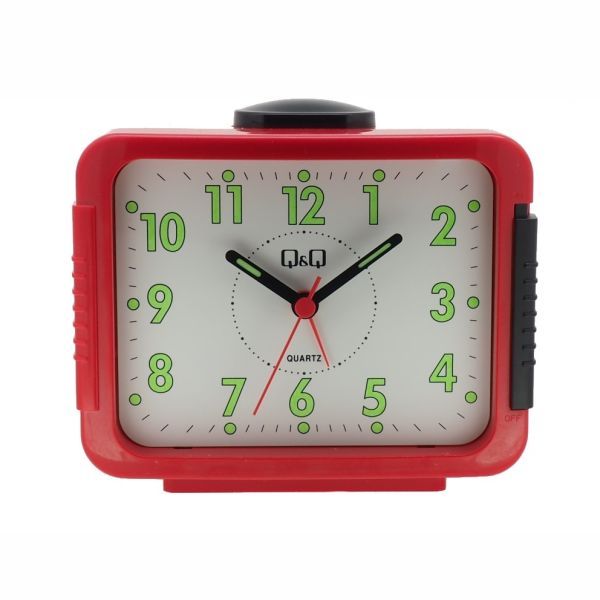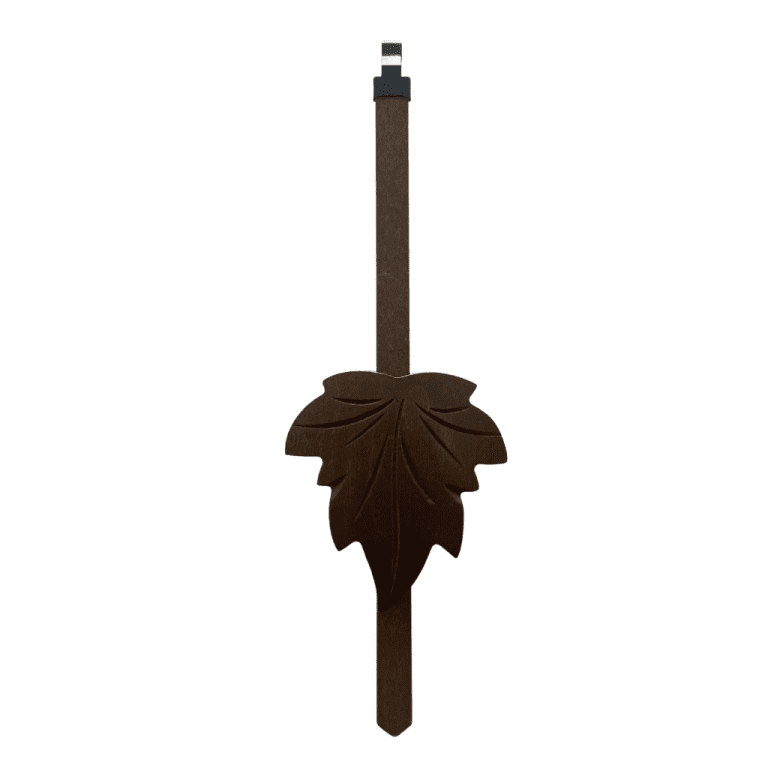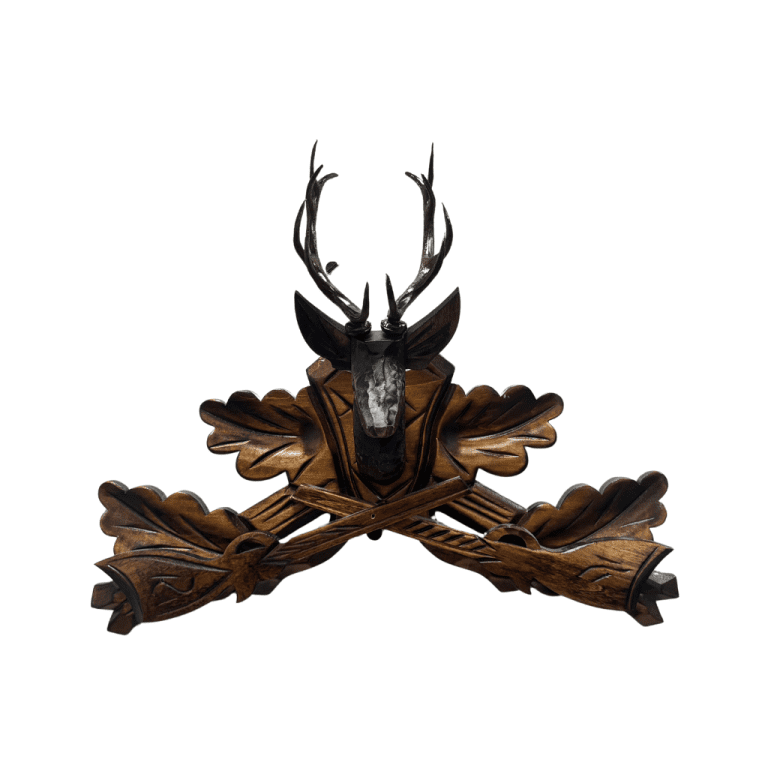Children’s watches: when should your child start wearing one?
by Frances Berry | 21st June 2023 | time teaching watches
Wondering when the right time for your child to start wearing a watch is? Children’s watches not only serve as a practical tool for timekeeping, but they can also foster a sense of responsibility and independence in our little ones. So if your little one is interested in learning to tell the time, or if they have already started learning in school or nursery, then read on to explore the benefits of children’s watches and discover when your child should start wearing one.
Children’s watches
The numerous benefits of children’s watches extends far beyond simply telling the time. One of the core advantages is that, by owning a watch, children are encouraged to develop a sense of responsibility. They are responsible for taking care of their watch, and using it to keep track of time is an excellent way to introduce them to timekeeping and the importance of managing their time effectively. This can be particularly useful for children who are struggling to tell the time, as it demonstrates the concept of time in an accessible way, or for children who have busy schedules, as they can be prepared ahead of time for their after-school activities or hobbies.
Additionally, children’s watches can promote independence and offer a safe, controlled way for children to exercise autonomy. By giving them a watch, we can allow them to take charge of their own time and schedule during the weekends or after school, by allowing them to choose how much time they want to spend on a particular activity, which instils confidence and empowers them to make decisions regarding their daily routines and activities.
As using a watch requires a clear understanding of basic mathematical concepts and the passage of time, gifting a child their own watch will enhance their cognitive skills. Learning to read and interpret the time requires a certain level of mental processing, which can sharpen their analytical thinking and problem-solving abilities. By regularly using a watch, children can improve their numeracy skills and develop a better understanding of the concept of time.
When should your child start wearing a watch?
Generally, children aged 4 and above will have developed the skills necessary to use a watch and are ready to begin wearing one everyday. However, the recommended age can vary depending on your child’s individual development and maturity, and it is important to consider a few factors before selecting the perfect watch.
⦁ Firstly, assess your child’s interest in telling the time. If they have already started expressing curiosity about clocks and watches, this is a good indication that they are ready to have their own watch. Additionally, if they are learning to tell the time in school or nursery, providing them with a watch will help support their learning and allow them to put their knowledge into practice.
⦁ Secondly, consider your child’s level of responsibility. Are they able to take care of their belongings? And are they able to be careful with the watch and make sure that it is fastened on their wrist properly? For many children, a watch is their first major responsibility, as it is a tool rather than a toy, so make sure that you can trust them to take care of it.
⦁ Finally, if your child demonstrates a keenness to take responsibility in other areas of their life, then it is a good time to introduce them to a watch. Perhaps your child has an after school activity that they enjoy, or struggles to keep track of time during their free time? By giving them a watch, they can develop an understanding of the importance of punctuality, as they can tell when to start getting ready for activities, or when to move on to their next activity or task, both at home and in school.
Choosing the Perfect Watch
When choosing the perfect watch from our Easy-Read range, there are several features to consider to ensure that you select the most suitable watch for your child.
Method
At EasyRead Time Teacher, our children’s wrist watches are available with either the 12/24 Hour or Past & To method, depending upon your child’s preferred time-telling method. Ask your child which method they prefer, or which method they have been taught to use by yourself or in school, to ensure that they will be able to use the watch.
Design
At the age of 4, children are still learning to tell the time, so having a watch with clear hour and minute markers can make it easier for them to practise their new skills and understand the passage of time. Our EasyRead watches feature easy-to-read designs, with clear hour and minute markers and colour-coded hands to help children clearly distinguish between them. This visual aid makes it easier for children to understand the relationship between the hour and minute hands, as well as the corresponding numbers on the dial, which reduces confusion and frustration and allows children to confidently read the time.
Lifestyle
When choosing a children’s watch, be sure to consider your child’s’ lifestyle requirements, particularly if they are aged 4 or below. For example, if your child has an active lifestyle and engages in sports or outdoor activities, then they will need a durable, reliable watch. Similarly, even if your child does not regularly engage in sports, children are naturally active and it is likely that they will engage in activities on the playground or during the weekend that could expose the watch to potential damage or water splashes. Our watches come water-resistant as standard, and we offer a waterproof range, to ensure that your child is able to use their watch and enjoy their playtime without worrying about damage.
Style
Finally, bear in mind that the watch is also an accessory, and your child is much more likely to use a watch that they personally like. This is particularly relevant if your child has just started school, or is getting ready to start school, as having a uniform every day means that they will seek out ways to express their identity through accessories. Involve your child in the selection process by allowing them to choose a watch strap in their favourite colour, and to pick the face design that they most like, which will make them more excited about wearing the watch and encourage them to feel proud of their new, useful accessory.
Reinforce this excitement by explaining the educational importance of a watch and emphasising how it will help them to manage their time and become more responsible. Show them how to wear the watch properly and securely, ensuring that they understand how to fasten and adjust the strap, and frame their new watch as an exciting and positive tool.
Credited to:https://www.easyreadtimeteacher.com/





